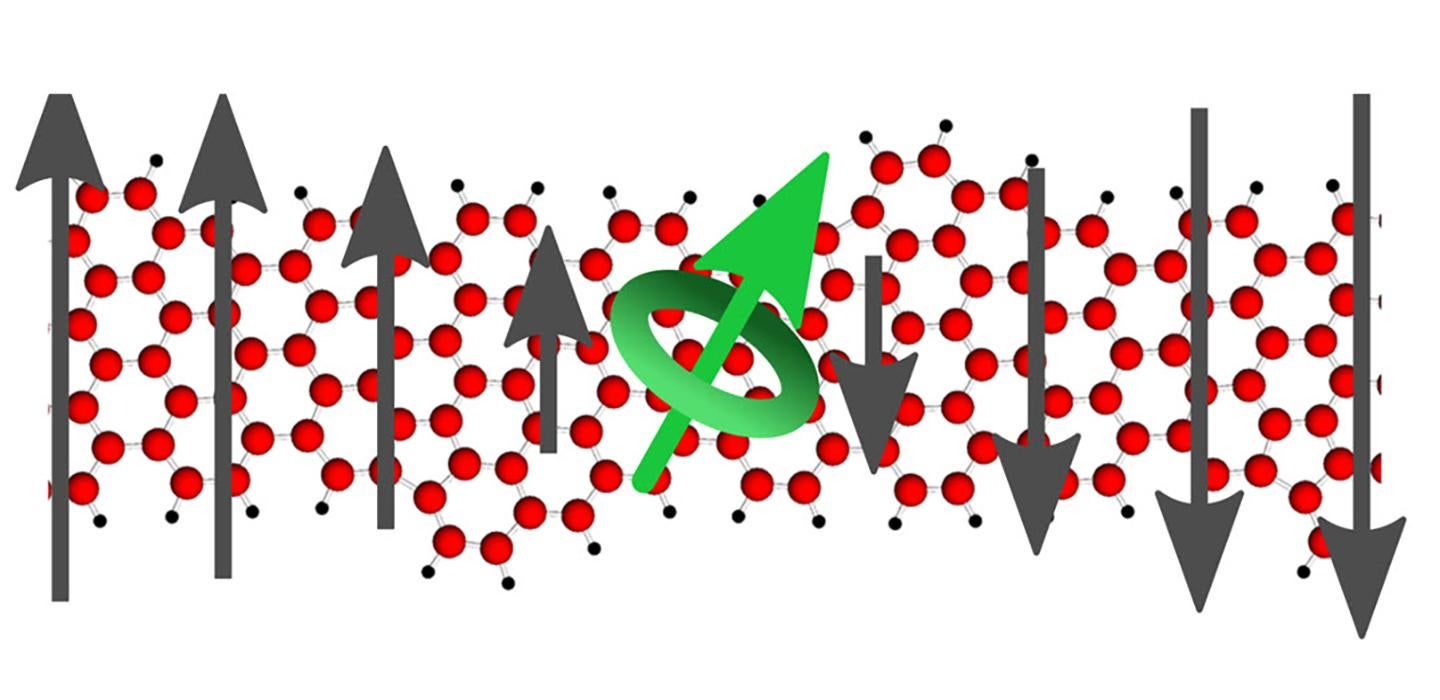
Subscribe to Pittwire Today
Get the most interesting and important stories from the University of Pittsburgh.Making quantum memories.
A research team led by Jeremy Levy from the University of Pittsburgh’s Department of Physics and Astronomy has received a five-year, $7.5 million grant to develop a new type of quantum memory for quantum computers. The project is funded by the Multidisciplinary University Research Initiative, supported by the Office of Naval Research.
Quantum computers are machines that store and manipulate information contained in “quantum bits” or qubits. These are systems which can be in two possible states at the same time. Controlling arrays of such qubits can enable faster calculations compared to ordinary computers whose bits can only be in one of two possible states.
“There are many approaches to creating quantum computers, with no approach being a clear winner in the sense that silicon is the ‘winning’ material for ordinary computers,” said Levy, Distinguished Professor of Condensed Matter Physics and Director of the Pittsburgh Quantum Institute.
One class of approaches to building a quantum computer aims to use the spin of an electron, which allows a quantum bit to be stored. The spin of these electrons can be manipulated in a variety of ways to create spin-based quantum bits, which in turn can be used to create quantum computers and other quantum information processing capabilities. The challenge is how to contain the electron.
Most approaches store the electron in a semiconductor material and use electrical gates to trap and manipulate the states. These traps need to be extremely small and are difficult to build.
Levy’s team aims to transform tiny strips of carbon, arranged in a honeycomb-like structure, to trap individual electrons and harness their intrinsic spin to store and manipulate quantum information.
These “graphene nanoribbons” are exceptionally thin, only one or two nanometers in width, and tens or hundreds of nanometers long — one nanometer is a billionth of a meter and is comparable to the average spacing between atoms in solid materials. These graphene nanoribbons are also too small to be made by cutting graphene with any tool. Instead, they are created through synthetic methods, based on molecular building blocks that self-assemble to form the graphene nanoribbons.
Levy noted that the project is highly interdisciplinary, requiring expertise from researchers with a wide range of knowledge. He will partner with Hrvoje Petek, Mellon Chair Professor of Physics, as well as Tyler Cocker from Michigan State University, Chang-Beom Eom from the University of Wisconsin-Madison, Philip Kim and Prineha Narang from Harvard University and Alexander Sinitskii from the University of Nebraska-Lincoln.


